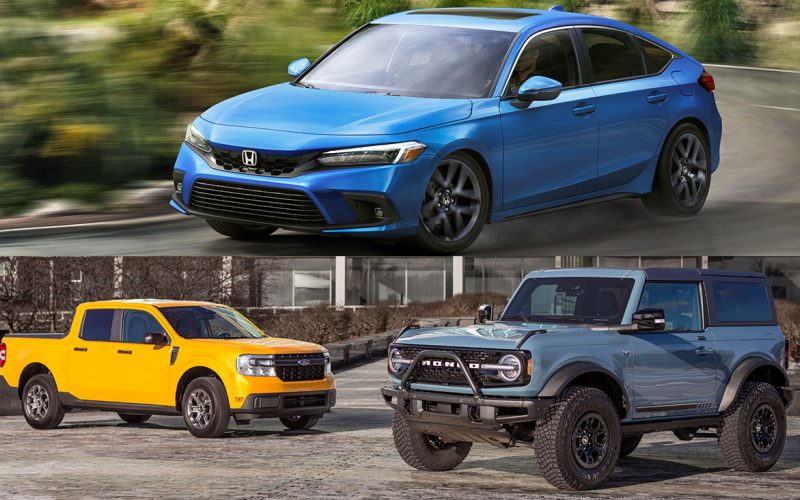
Reading Time: 4 minutesFord has been on a roll lately, winning two of last year’s North American Car, Truck
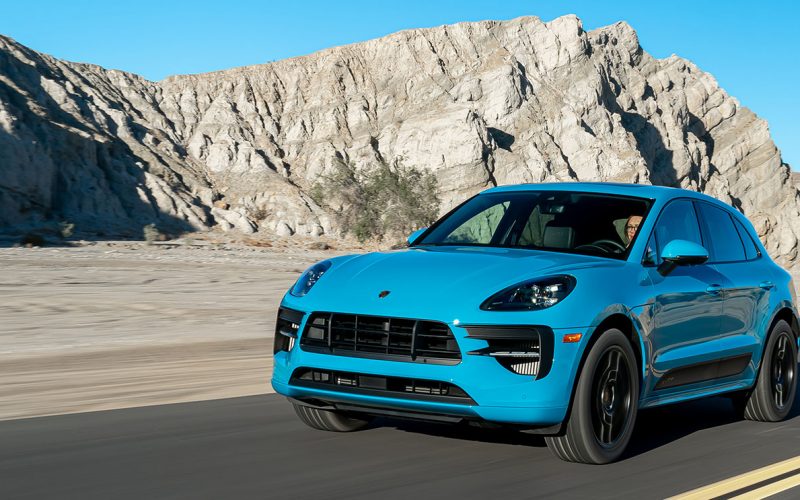
Reading Time: 3 minutesPorsche has once again earned top spot amongst premium brands in J.D. Power most recent 2021
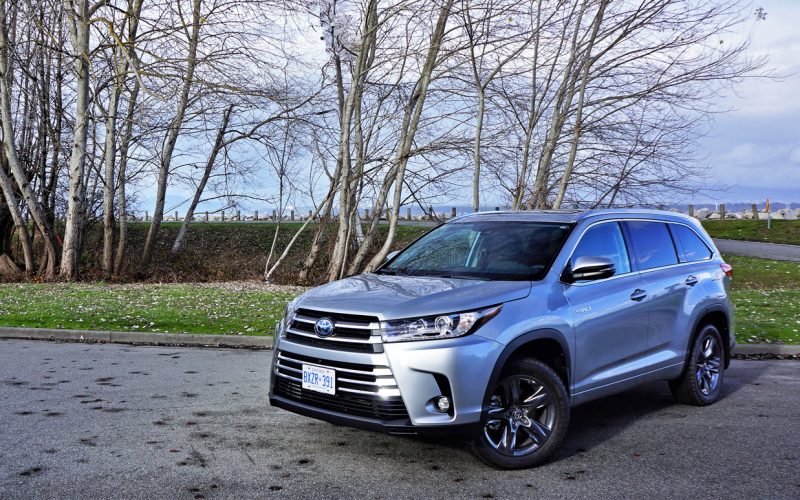
Reading Time: 10 minutesHave you seen the 2020 Toyota Highlander? It’s not available to purchase yet, having only debuted
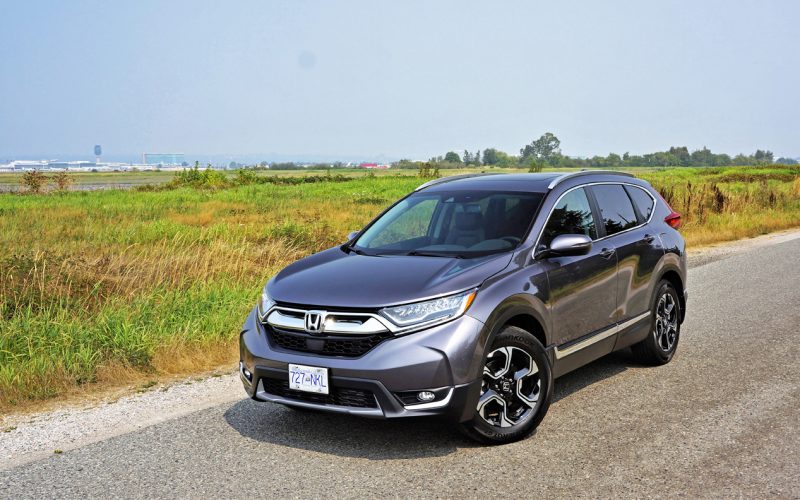
Reading Time: 9 minutesThe CR-V is the best SUV in its compact class. Yes, I know I’m going out
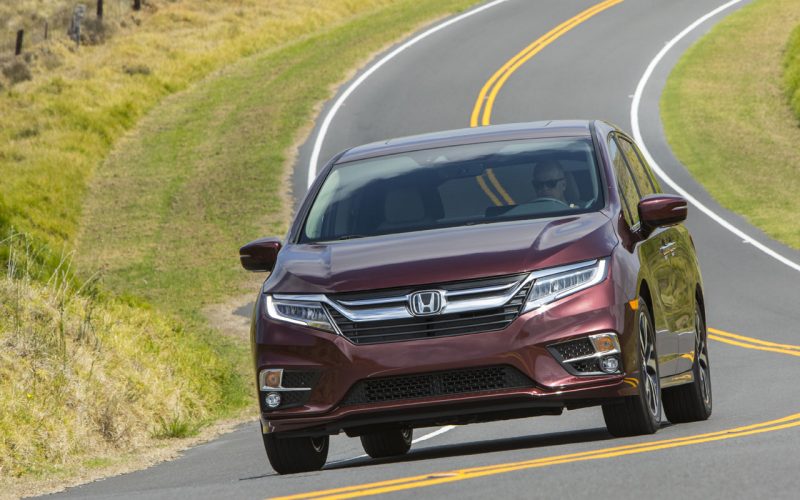
Reading Time: 4 minutesJust in case you missed the July issue of Parents Magazine and a concurrent posting in
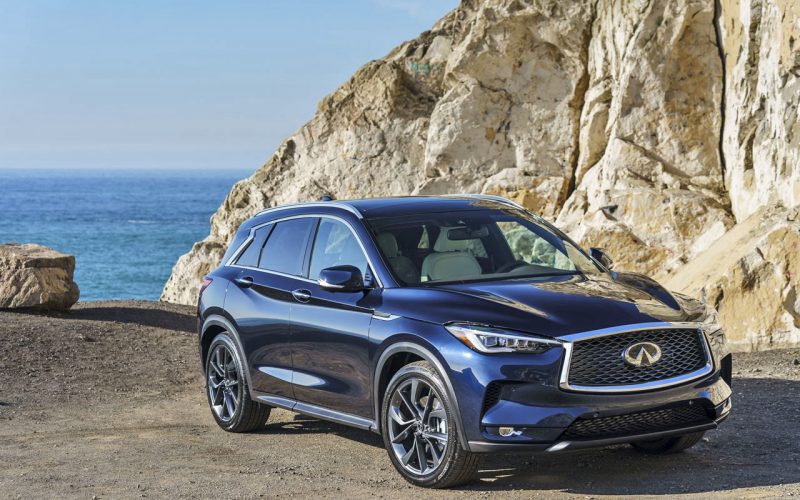
Reading Time: 2 minutesInfiniti had more reasons to celebrate than just Canada Day on July 1, 2018, because extremely
© 2025 The Car Magazine. All Rights Reserved, Privacy Policy | Terms of Use